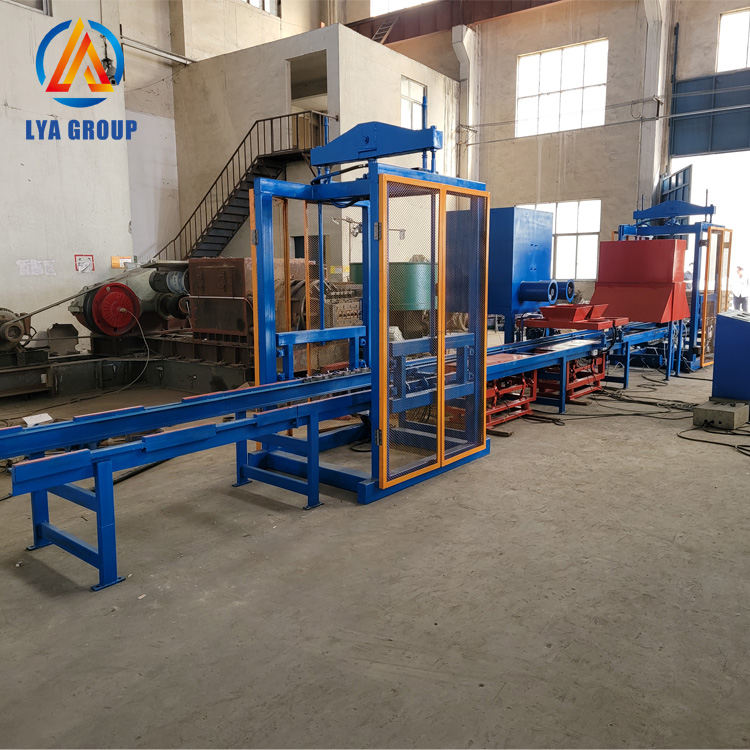Hydraulic system of mixture vibration paving artificial stone artificial stone production line
News 2023年4月20日 104

A hydraulic system is required for functions such as lifting. A complete hydraulic system consists of five parts, namely power components, actuators, control components, auxiliary components (accessories) and hydraulic oil.
1) Power component: The function of the power component is to convert the mechanical energy of the prime mover into the pressure energy of the liquid, which refers to the oil pump in the hydraulic system, which provides power to the entire hydraulic system. The structural forms of hydraulic pumps generally include gear pumps, vane pumps, plunger pumps and screw pumps.
2) Executive elements: The function of the actuators (such as hydraulic cylinders and hydraulic motors) is to convert the pressure energy of the liquid into mechanical energy, and drive the load to perform linear reciprocating motion or rotary motion.
3) Control elements: Control elements (ie, various hydraulic valves) control and regulate the pressure, flow and direction of the liquid in the hydraulic system. According to different control functions, hydraulic valves can be divided into pressure control valves, flow control valves and directional control valves. Pressure control valves include relief valves (safety valves), pressure reducing valves, sequence valves, pressure relays, etc.; flow control valves include throttle valves, regulating valves, diversion and flow valves, etc.; Check valve, shuttle valve, reversing valve, etc. According to different control methods, hydraulic valves can be divided into on-off control valves, fixed value control valves and proportional control valves.
The working principle of the hydraulic station is as follows:
The motor drives the oil pump to rotate. The pump absorbs oil from the oil pump and outputs pressure oil, converting mechanical energy into pressure energy of hydraulic oil. The connection pipeline is transmitted to the oil pump or oil motor of the hydraulic machinery, thereby controlling the change of the direction of the hydraulic actuator, the magnitude of the force and the speed of the speed, so as to realize the action requirements of various hydraulic machinery
4) Auxiliary components: Auxiliary components include fuel tanks, oil filters, coolers, heaters, accumulators, oil pipes and pipe joints, sealing rings, quick-change joints, high-pressure ball valves, hose assemblies, pressure test joints, pressure gauges, Oil level gauge, oil temperature gauge, etc.
5) Hydraulic oil: Hydraulic oil is the working medium for transferring energy in the hydraulic system. There are various mineral oils, emulsions and synthetic hydraulic oils.